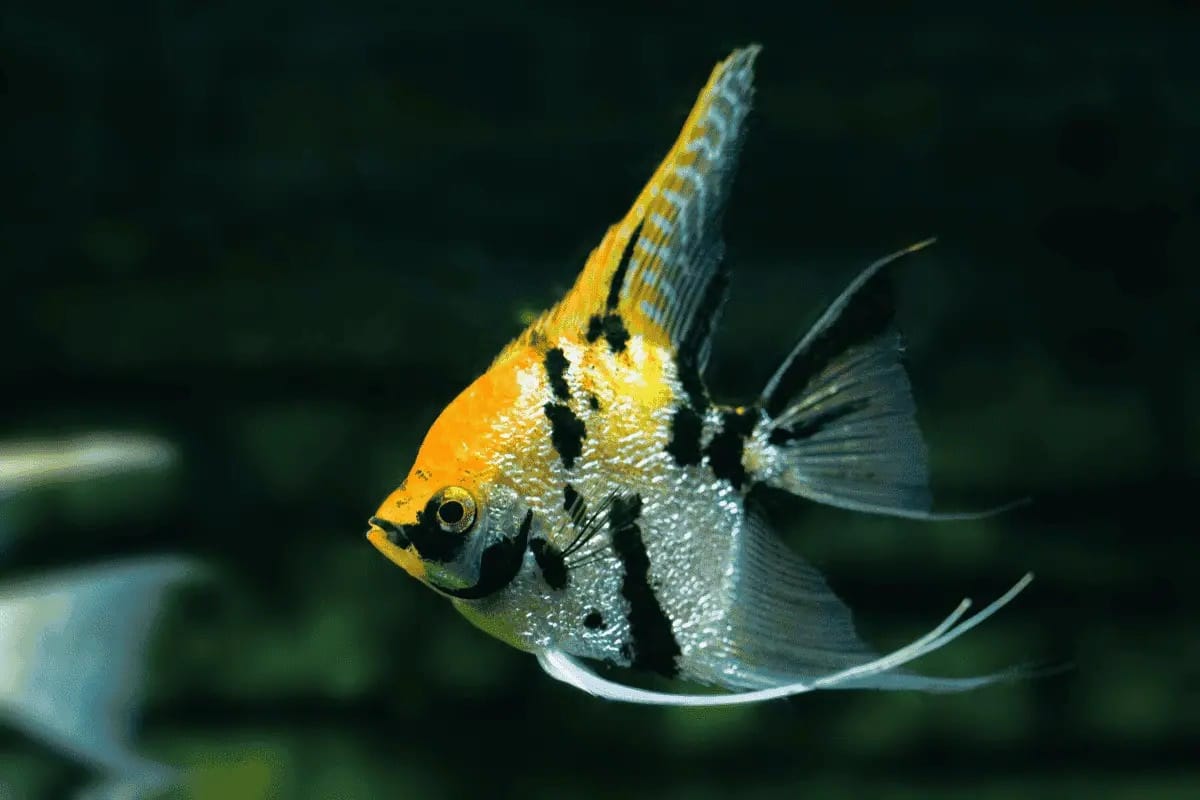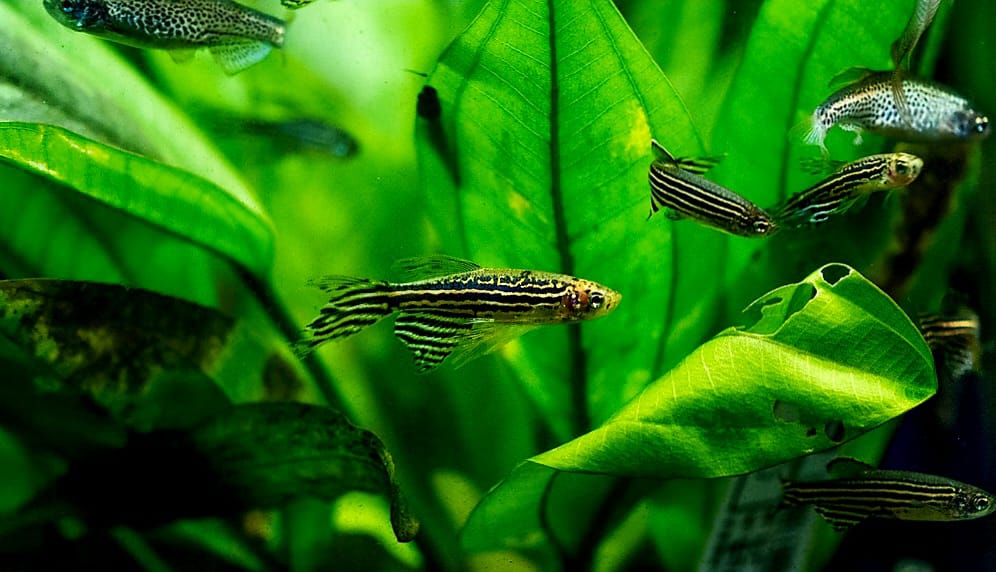Betta fish, also known as Siamese fighting fish, are among the most popular freshwater aquarium fish due to their vibrant colors, flowing fins, and unique personalities. While they are often considered easy to care for, they have specific needs that must be met to ensure their health and longevity.
This guide covers everything you need to know about Betta fish, from their history and diet to their behavior, health concerns, and tank requirements.

Table of Contents
Introduction
Betta fish are known for their striking appearance and independent nature. They are often chosen as beginner-friendly pets, but their care requires more attention than just a small bowl and occasional feeding.
Proper water conditions, diet, and social interaction are crucial for their well-being. This guide will help you understand how to provide the best possible environment for these fascinating fish.
History and Origin
Betta fish (Betta splendens) originate from Southeast Asia, particularly Thailand, Cambodia, Vietnam, and Malaysia. They were first discovered in rice paddies, slow-moving streams, and shallow waters.
Betta fish were bred for their aggressive tendencies and used in fish-fighting competitions long before they became popular as ornamental pets. Over centuries, selective breeding has resulted in the stunning color variations and long fins seen in today’s pet Betta fish.

Why Betta Fish Were Created
Originally, Betta fish were bred for their fighting abilities, leading to their nickname “Siamese fighting fish.” These fish were selectively bred for aggression, stamina, and resilience.
However, as they gained popularity worldwide, breeding shifted toward enhancing their vibrant colors and unique fin shapes, making them sought-after ornamental fish rather than fighters.
Freshwater or Saltwater Fish?
Betta fish are freshwater fish that thrive in warm, slightly acidic to neutral water conditions. They do not require saltwater and should be kept in properly maintained freshwater tanks with gentle filtration and stable water temperatures.
Physical Characteristics
Betta fish come in a variety of colors, patterns, and fin types. Some of their defining characteristics include:
- Size: Typically grows between 2.5 to 3 inches in length.
- Color Variations: Available in red, blue, yellow, white, purple, black, and multi-colored patterns.
- Fin Types: Common variations include Veil Tail, Halfmoon, Crowntail, Plakat, and Double Tail.
- Lifespan: With proper care, Betta fish can live between 3 to 5 years, though some may live longer in optimal conditions.

Choosing the Right Betta Fish
When selecting a Betta fish, consider the following:
- Tank Size: A minimum of 5 gallons is recommended per Betta fish.
- Health: Choose an active Betta, that has vibrant colors, and has no signs of fin rot or other illnesses.
- Personality: Some Bettas are more aggressive than others, so consider their temperament when choosing tank mates.
Diet and Nutrition
Betta fish are carnivorous and require a protein-rich diet. Their ideal diet includes:
- Pellets or Flakes: High-quality Betta-specific pellets should form the staple of their diet.
- Live or Frozen Food: Bloodworms, brine shrimp, and daphnia provide essential nutrients.
- Feeding Schedule: Feed small amounts 1-2 times per day, avoiding overfeeding to prevent bloating and digestive issues.
Fun Facts About Betta Fish
- Betta fish can recognize their owners and may interact with them.
- They can breathe both through their gills and a special organ called the labyrinth, allowing them to take in oxygen from the air.
- Male Betta fish build bubble nests to prepare for breeding.
- Betta fish have been selectively bred into dozens of colors and fin types, making them one of the most diverse pet fish species.

Betta Fish Tank Requirements
- Water Quality: Betta fish need clean, dechlorinated water with a temperature between 76-82°F (24-28°C).
- Filtration System: A low-flow filter is recommended to prevent excessive water currents.
- Tank Size: A minimum of 5 gallons is ideal for a single Betta fish.
- Plants and Hiding Spots: Bettas appreciate live plants and decorations to explore and hide in.
Is It a Fighting Fish?
Yes, Betta fish are fighting fish by nature. Males are particularly territorial and aggressive towards other males. It is strongly advised to keep only one male Betta per tank unless using a divided tank setup.
However, females can sometimes coexist in groups called sororities if provided enough space and hiding spots.
Types of Fish That Can and Cannot Be Bred with Betta Fish
Compatible Tank Mates:
- Corydoras Catfish
- Kuhli Loaches
- Neon Tetras (with caution)
- Mystery Snails
Incompatible Tank Mates:
- Other Male Bettas (high aggression)
- Gouramis (territorial and aggressive)
- Guppies (males may be mistaken as rivals)
- Barbs (may nip Betta’s fins)

Betta Fish Behavior and Social Traits
Betta fish are intelligent and display a range of behaviors, such as:
- Flaring: When feeling threatened or establishing dominance, they flare their gill covers.
- Bubble Nest Building: Males create bubble nests as part of their breeding behavior.
- Exploring: They enjoy interacting with their environment, especially when provided with plants and decorations.
- Territorial Nature: Bettas establish and defend their space from perceived intruders.
Common Betta Fish Health Problems
- Fin Rot: A bacterial or fungal infection that leads to frayed fins.
- Swim Bladder Disease: Causes difficulty swimming due to digestive or bacterial issues.
- Velvet Disease: A parasitic infection that results in a gold-dust-like coating.
- Ich (White Spot Disease): A common parasite that causes white spots on the body.
- Preventative Measures: Maintain clean water, feed a balanced diet, and monitor fish behavior for early signs of illness.
Challenges Breeders Face
- Selecting healthy breeding pairs with desirable traits.
- Managing aggression between breeding pairs.
- Ensuring proper fry (baby Betta) survival with controlled feeding and water conditions.
- Preventing genetic defects from inbreeding.
Advantages for Betta Fish Breeders
- High demand for rare and unique Betta varieties.
- Ability to selectively breed for specific colors and fin shapes.
- A rewarding experience for fish enthusiasts passionate about Betta genetics.
- Potential profitability in selling high-quality Betta fish.

Betta Fish Myths and Misconceptions
- Betta Fish Can Live in Small Bowls: They require at least a 5-gallon tank with proper filtration.
- Bettas Don’t Need a Heater: Bettas are tropical fish and need warm water.
- Bettas Can Live with Any Fish: Their aggression limits suitable tank mates.
- Bettas Only Live a Year or Two: With proper care, they can live 3-5 years or longer.
Learn More About Fish Breed
Understanding different fish breeds is essential for providing the best care, as each species has unique requirements for habitat, diet, and social behavior. If you are interested in learning more about Goldfish, check out our in-depth guide: Goldfish Care Guide.

Final Thoughts
Betta fish are beautiful, intelligent, and rewarding pets when given proper care. While they are known for their aggressive tendencies, understanding their needs and behaviors allows for a fulfilling fish-keeping experience.
With the right setup, diet, and attention, Betta fish can thrive and bring vibrant beauty to any aquarium.
FAQs
Is a betta fish good for the house?
Yes, betta fish are beautiful, low-maintenance, and ideal for small home aquariums.
Is it better to have 1 or 2 betta fish?
It’s best to keep only one male betta per tank, as they are territorial and will fight. Female bettas can live together in groups (sororities) with proper space and care.
What is special about betta fish?
They have vibrant colors, long flowing fins, and a unique labyrinth organ that allows them to breathe air from the surface.
Do betta fish need oxygen?
Yes, but they can also breathe air directly from the surface, making them adaptable to low-oxygen environments.
Is there no way to have several betta fish in the same tank?
Males should not be kept together, but females can live in a sorority. Bettas can also coexist with peaceful tank mates like snails and certain small fish in a well-maintained aquarium.





1 Comment
Pingback: Neon Tetras Care Guide: Tank Setup, Diet & Health Tips - Pet Bonded